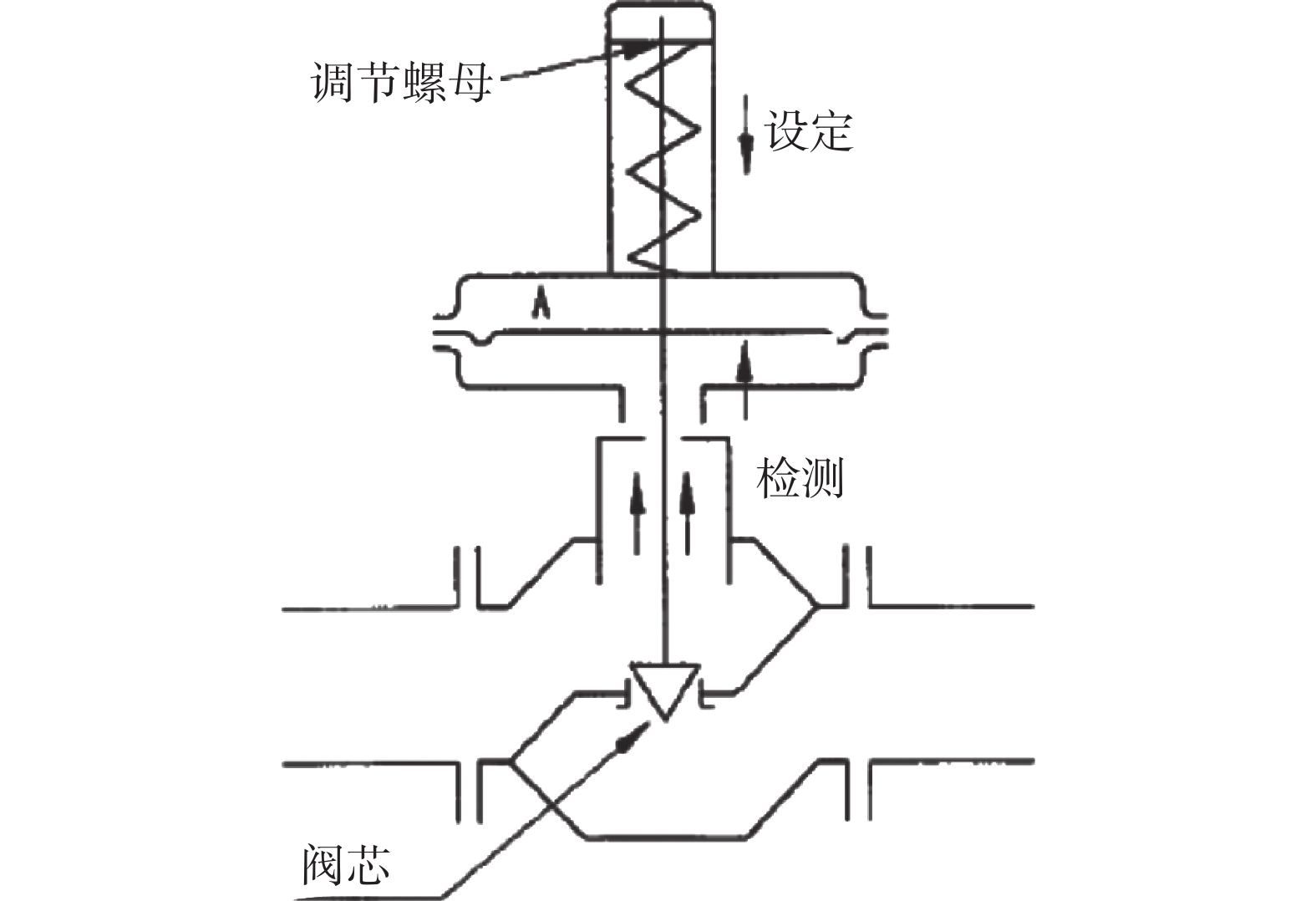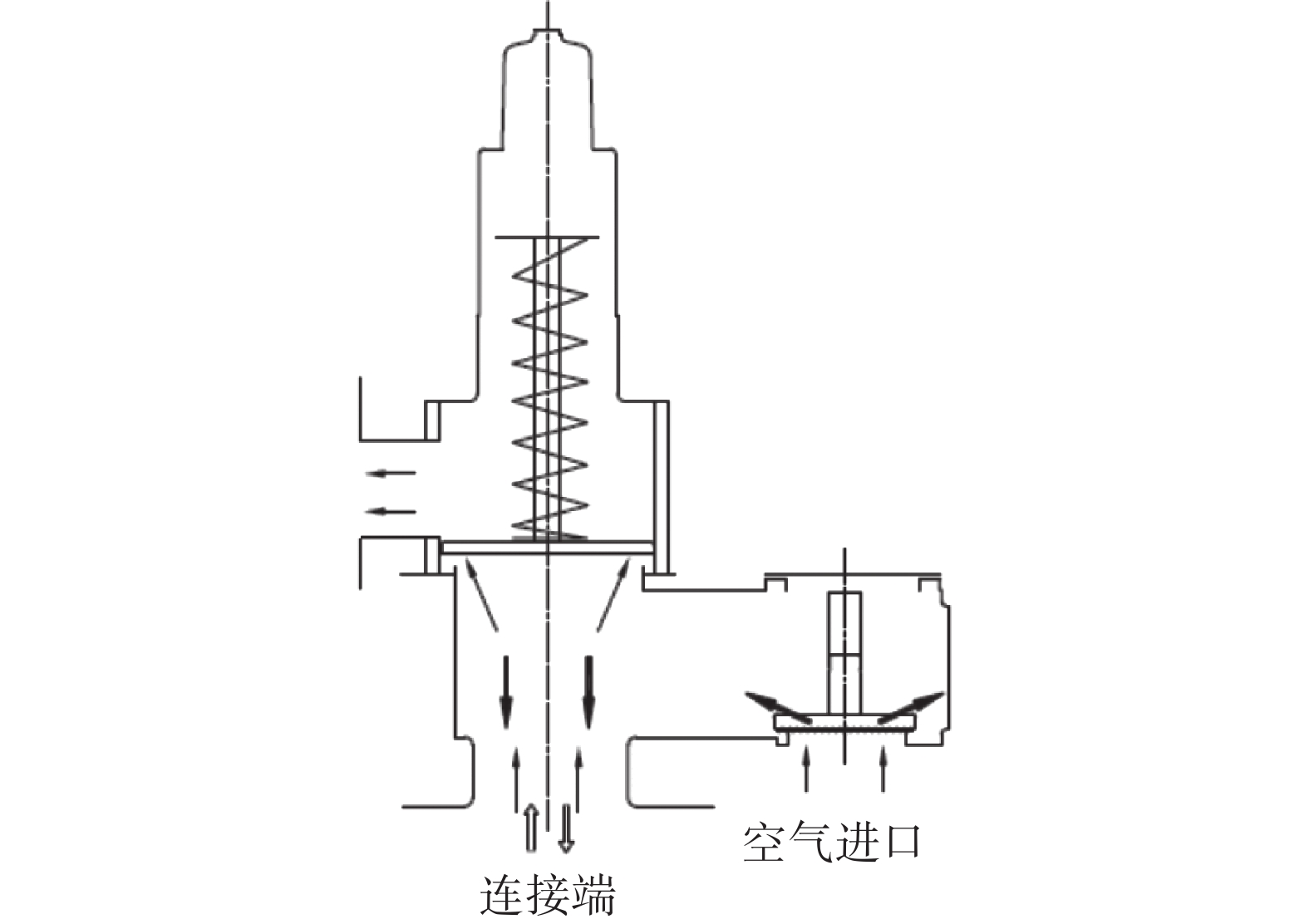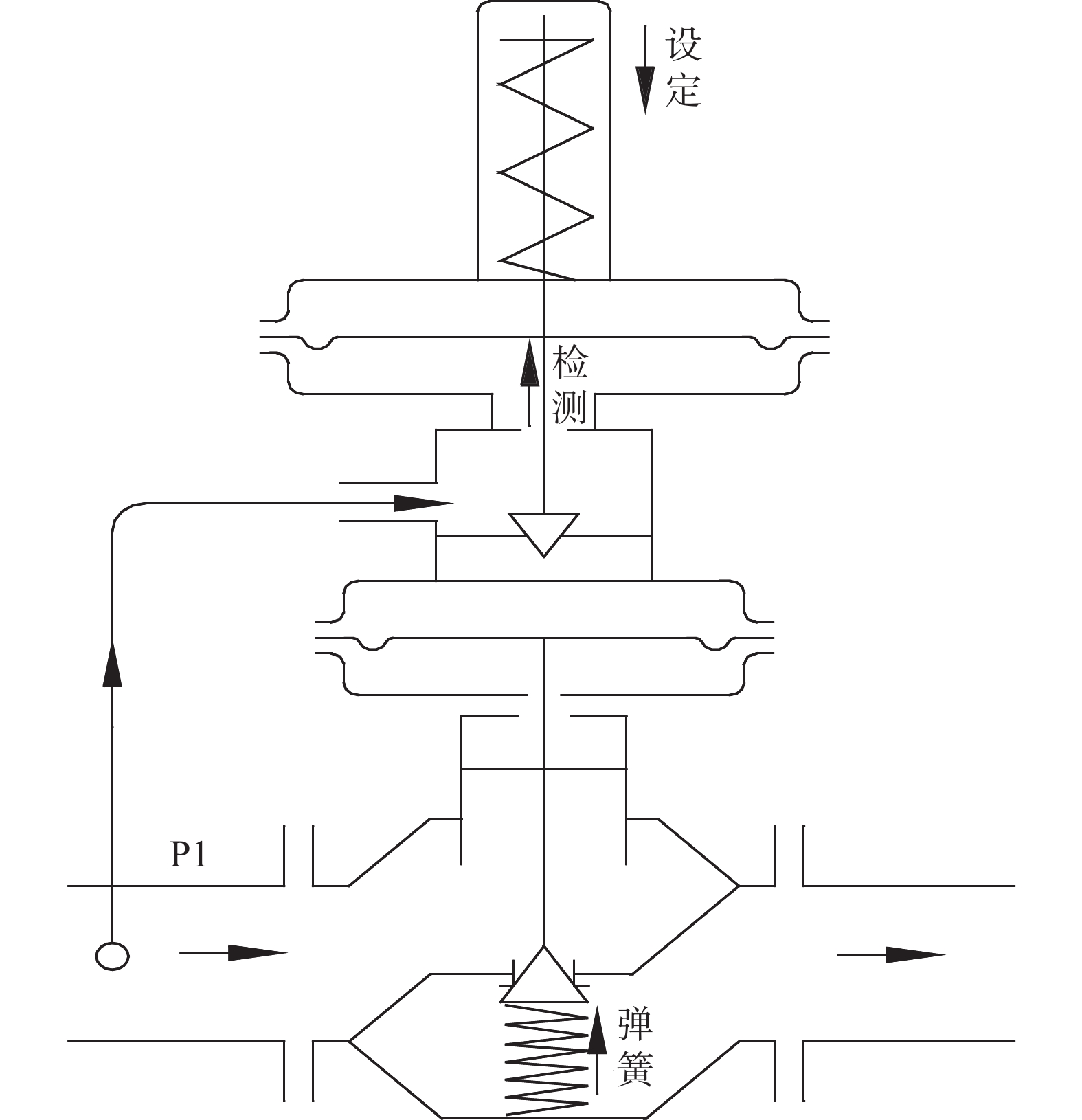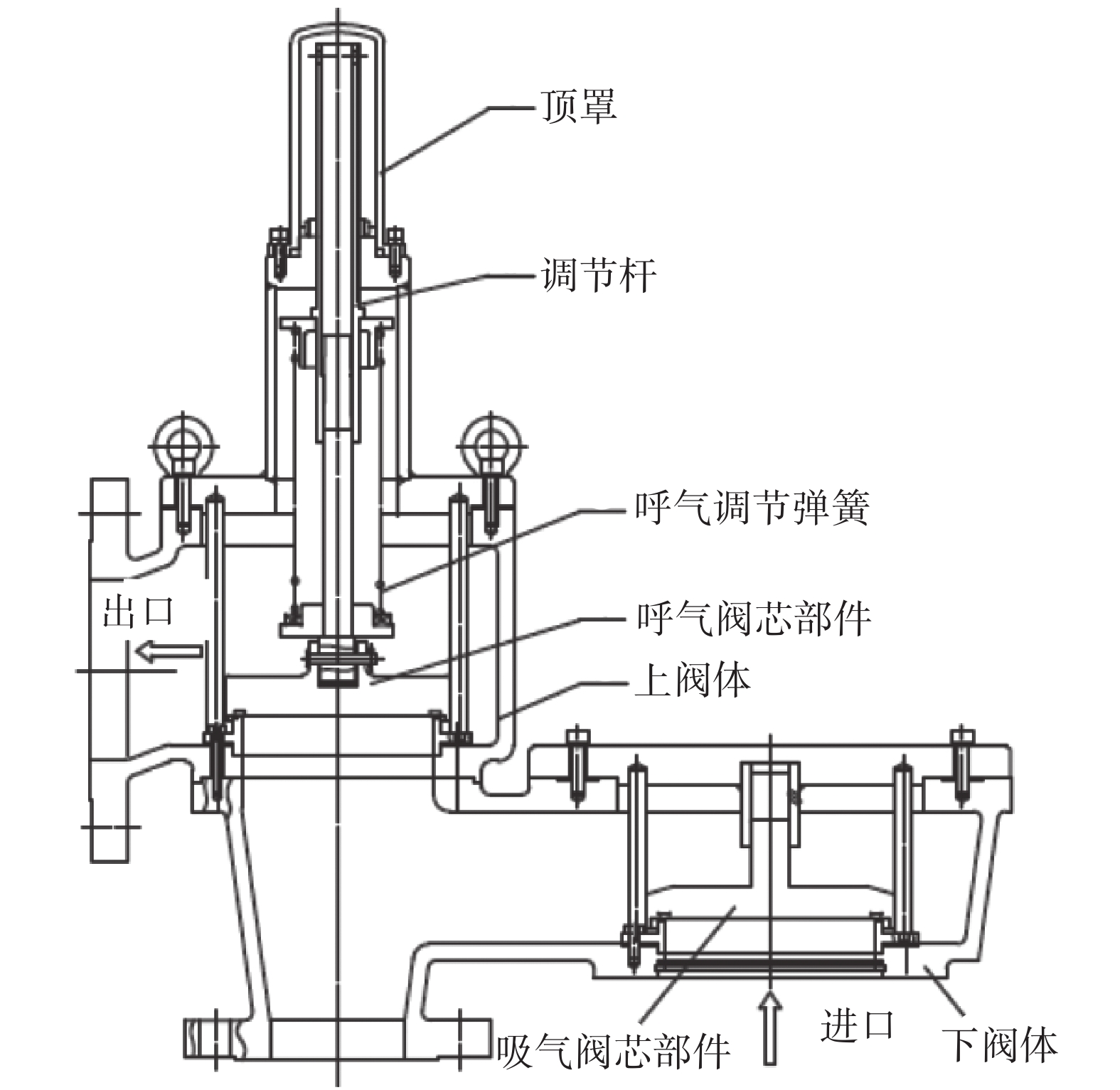-
辅助给水系统[1](ASG)是压水堆核电站专设安全设施之一,其安全作用是在主给水系统(ARE)的任何一个环节发生故障时,作为应急手段向蒸汽发生器二次侧供水,使一回路维持一个冷源,排除堆芯剩余功率,直到余热排出系统(RRA)投入运行。系统由辅助给水储罐、辅助给水泵和相应阀门等组成。
CPR1000机组中,辅助给水储罐为核安全3级设备[2],为了防止储罐因超压或负压而损坏,系统为储罐设置了一个背压调节阀和一个呼吸阀。为了保证储罐[3]内的水一直处于良好的除氧和除盐状态,其上部空间用氮气覆盖,氮气压力为10~12 kPa(g)。储罐压力过高时,通过背压调节阀排放,设定压力值为12 kPa(g)。当储罐内气压超过12 kPa(g)并达到12.7 kPa(g)时,呼吸阀开始呼气,进行超压保护,若储罐内气压为−0.75 kPa(g)时,呼吸阀开始吸气进行负压保护,系统流程简图如图1所示。
正常情况下(储罐内压力在正常压力范围内)该背压调节阀和呼吸阀均处于关闭状态,当储罐内压力波动时升高或降低,阀门动作以维持储罐内压力在合理范围。
-
正常情况,该阀门处于关闭状态(如图2所示),当阀前压力增大到设定点时,介质通过阀盖上内导压孔作用在大膜片上并控制阀芯向上移动,阀门打开进行泄压。该阀门可通过上部的调节螺母来调整阀门的设定压力值,以适应系统工况变化。
-
正常状态下,储罐压力在设定压力范围内,呼气阀芯和吸气阀芯处于闭合状态,该阀不动作(如图3所示)。当储罐内压力升高到超过设定压力时,呼气阀芯被气压顶开,气体经呼气阀座被排出;当储罐内压力下降低到超过设定负压值,吸气阀芯被大气压顶开,空气经阻火层和阀座进入储罐。
向储罐注入介质或由储罐向外输送介质时或当环境温度改变等原因都会影响储罐内气相覆盖层压力波动,呼吸阀能消除由上述原因引起的压力波动,维持储罐压力恒定。
-
电站调试期间对储罐充水时,主控室出现高压报警。经排查,问题集中在保护储罐安全的背压减压阀和呼吸阀,为此,开展了对阀门的改型工作。
-
背压减压阀阀门运行压力较低,需要微压下的开启,满足一定的排放量,因此需要有较高的控制精度、动作灵敏性和密封性。因结构限定,阀门在整定压力时,不能维持阀门全开的开度,无法实现微压下的连续流量导致排量不足,由于阀门在微压下运行,调节螺母调节压力波动较大,不易满足阀门技术参数要求(如表1所示),最终导致正常工况下发生超压报警。
阀门运行要求 阀门超压要求 整定压力/
kPa(g)回座压力/
kPa(g)超压值/
kPa(g)排放量
m3/h(STP)阀门出口压力/
kPa(g)12 大于11.5 约0.3 约316 约0.71 Table 1. Technical parameter requirements of back pressure control valve
阀门高压报警值为13 kPa(g),根据核算阀门在超过整定压力约7%时能完全开启(约12.8 kPa(g))。如果阀门直接安装在储罐排气口,阀门能直接感受储罐的压力,当储罐压力达到12.8 kPa(g)时阀门能完全开启,阀门的排量可满足要求,储罐不会产生超压报警。
因安装位置受限,阀门无法直接安装在储罐上,在阀门与储罐之间有1个隔离阀、4个弯头以及一段直管道,在介质排放时,阀门与储罐之间存在一定压力损失。若储罐内压力达到报警压力,且排放达到设计要求的流量,阀门入口压力仅有12.09 kPa(g),阀门感受到的超压约0.75%,在此条件下,阀门无法完全开启,排量达不到系统要求。
-
呼吸阀功能是防止储罐的超压和负压,阀门技术参数要求如表2所示。经分析,原阀门的排量不足主要原因:一是保持阀门密封的弹簧刚度过大,阀门在较小的超压时阀门无法完全开启;另外一个原因是原阀门为板焊结构,流道折弯较多,流道不具有流线型,阀门流通面积较小和流阻系数较大。
吸气压力/kPa(g) 吸气流量/(m3·h−1) 呼气压力/kPa(g) 呼气流量/(m3·h−1) 约−1.4 约400 约14 约316 Table 2. Technical parameter requirements of breathing valve
-
为满足要求,主要从以下几个方面对原有阀门进行改进优化设计:
1)阀门结构换型为先导式结构,先导式背压调节阀调节精度更高,反应更加灵敏,满足对阀门开启时阀前阀后压力控制的要求。
2)阀门密封由金属平面密封优化为软密封(增强聚四氟乙烯),避免了金属平面密封处遇水可能会出现水吸合现象,提高阀门开启压力的精度。
3)阀门开启方式由向上开启的平板式阀瓣优化为向下开启的锥形阀瓣,有助于阀门的开启泄压。
改型后阀门结构图如图4所示:
改型后阀门由先导阀和主阀组成,工作原理如下:
正常情况阀门处于常闭状态,阀前压力通过导压管进入先导阀,当阀前压力增大时,作用在先导阀膜片上的力增加,克服弹簧力使先导阀阀芯开启,介质流进主膜室,推动阀杆向下运动,从而打开阀门进行泄压,通过右侧小节流阀可以微调阀门的主阀驱动压力(小节流阀的主要作用是调节阀门的响应时间)。该阀门采用橡胶膜片作为平衡元件,消除了大部分的不平衡力,降低了由于阀前压力波动对阀门性能产生的影响。
-
通过减小弹簧刚度、增大流道面积和采用流线型流道的改进方案,减少流阻。改进后的呼吸阀结构如图5所示:
-
改型后的背压调节阀和呼吸阀已用于南方某核电项目[5]。机组热态功能试验期间储罐没有出现超压报警现象,通过各项监测,改型后阀门运行良好,保障了储罐的压力边界完整性,提高了机组安全性能。本文通过对核电站辅助给水系统储罐超压报警问题分析,执行背压调节阀和呼吸阀进行结构优化设计措施,成功解决了辅助给水系统储罐超压报警问题,为该类型阀门国产化提供参考。
Improvement and Application of Back Pressure Control Valve and Breathing Valve for Auxiliary Feedwater System in Nuclear Power Plant
doi: 10.16516/j.gedi.issn2095-8676.2023.S1.010
- Received Date: 2023-04-08
- Rev Recd Date: 2023-04-10
- Publish Date: 2023-06-30
-
Key words:
- auxiliary feedwater system /
- storage tank /
- back pressure control valve /
- breathing valve /
- improved
Abstract:
| Citation: | TAN Xiaolong, LI Longhui, JIA Yong, JIANG Xiaohong. Improvement and Application of Back Pressure Control Valve and Breathing Valve for Auxiliary Feedwater System in Nuclear Power Plant[J]. SOUTHERN ENERGY CONSTRUCTION, 2023, 10(S1): 64-67. doi: 10.16516/j.gedi.issn2095-8676.2023.S1.010 |


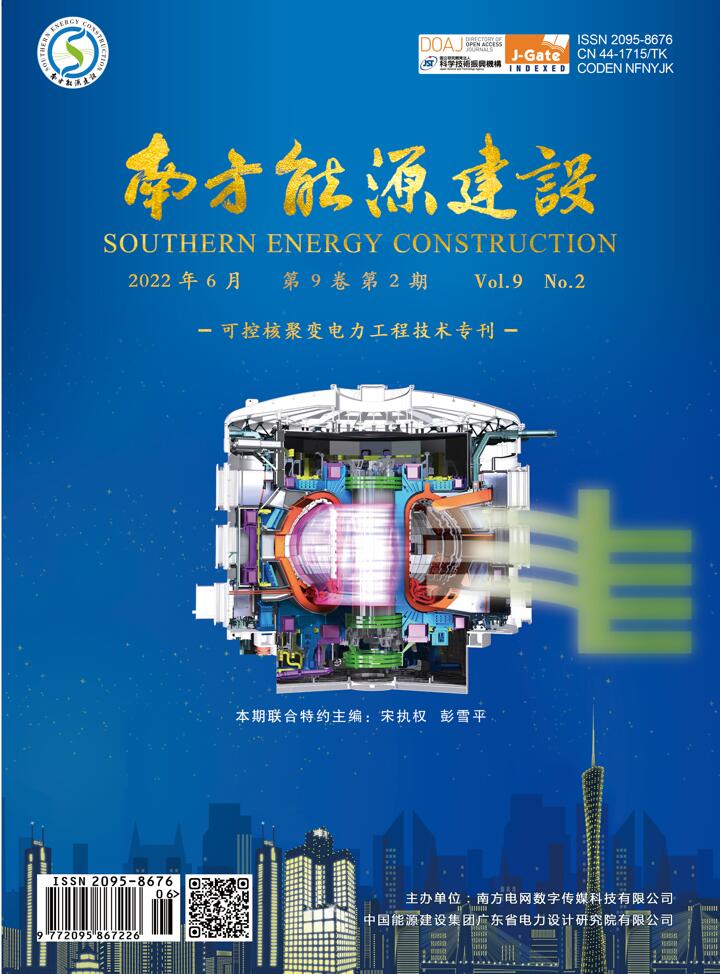

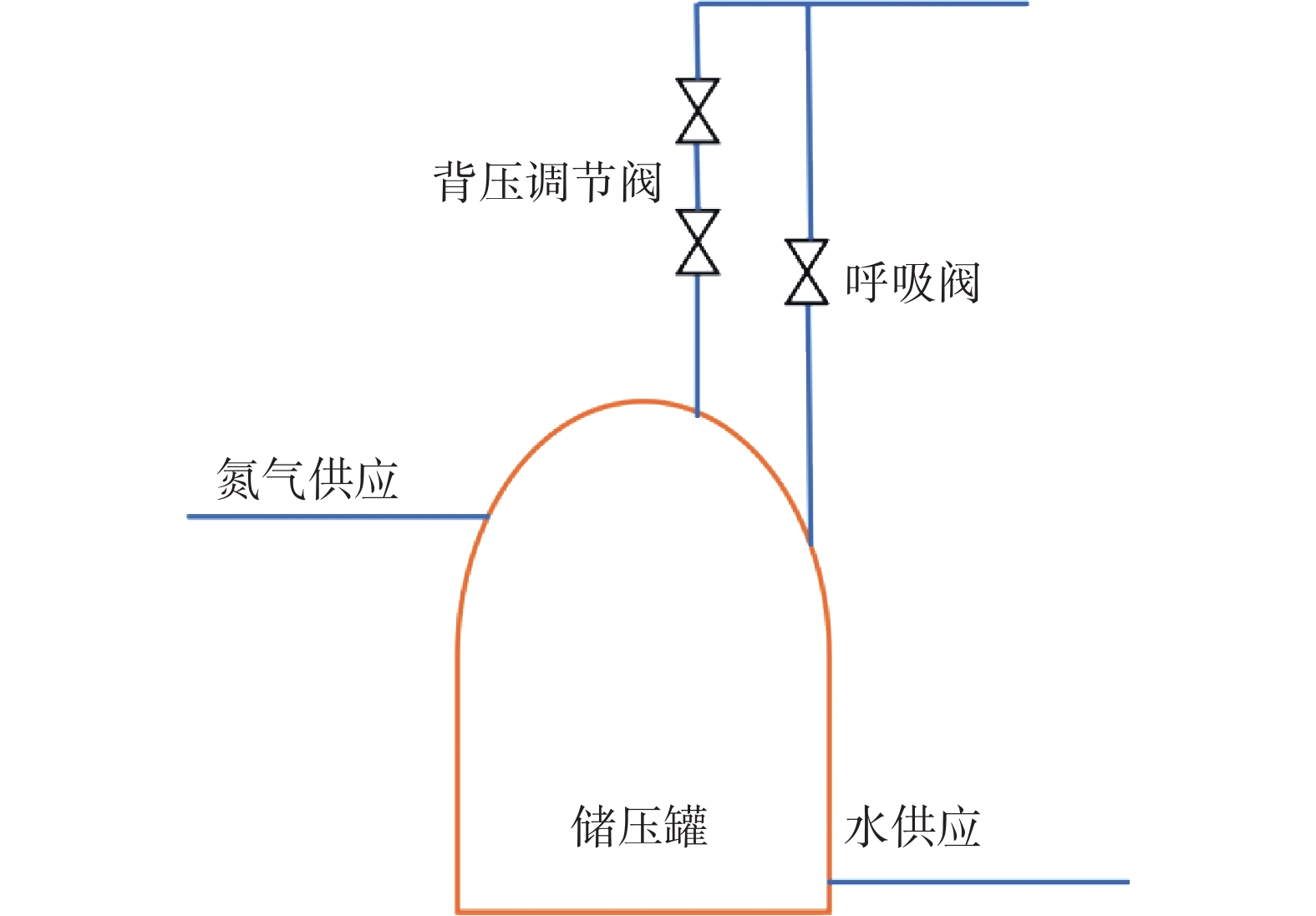

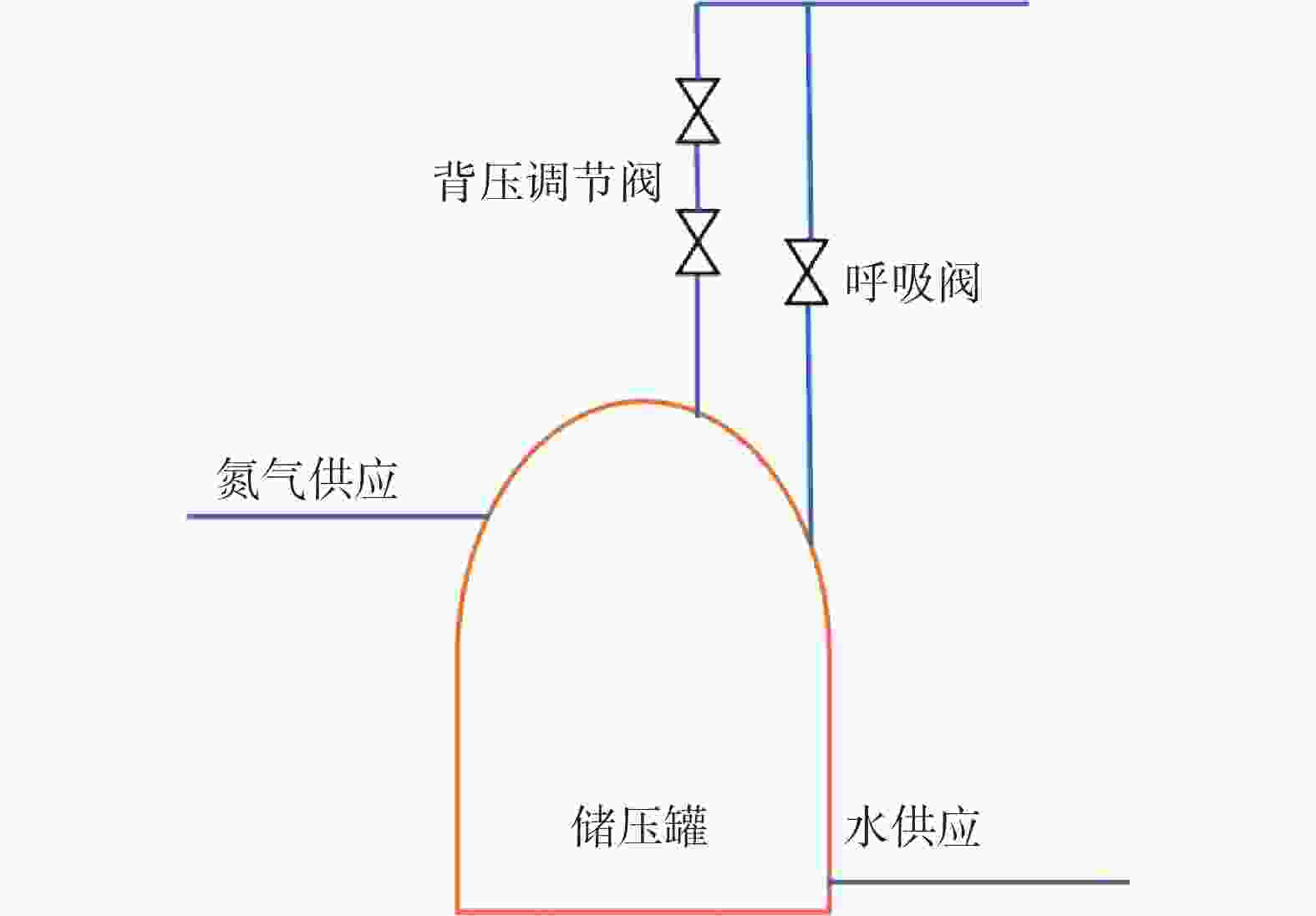
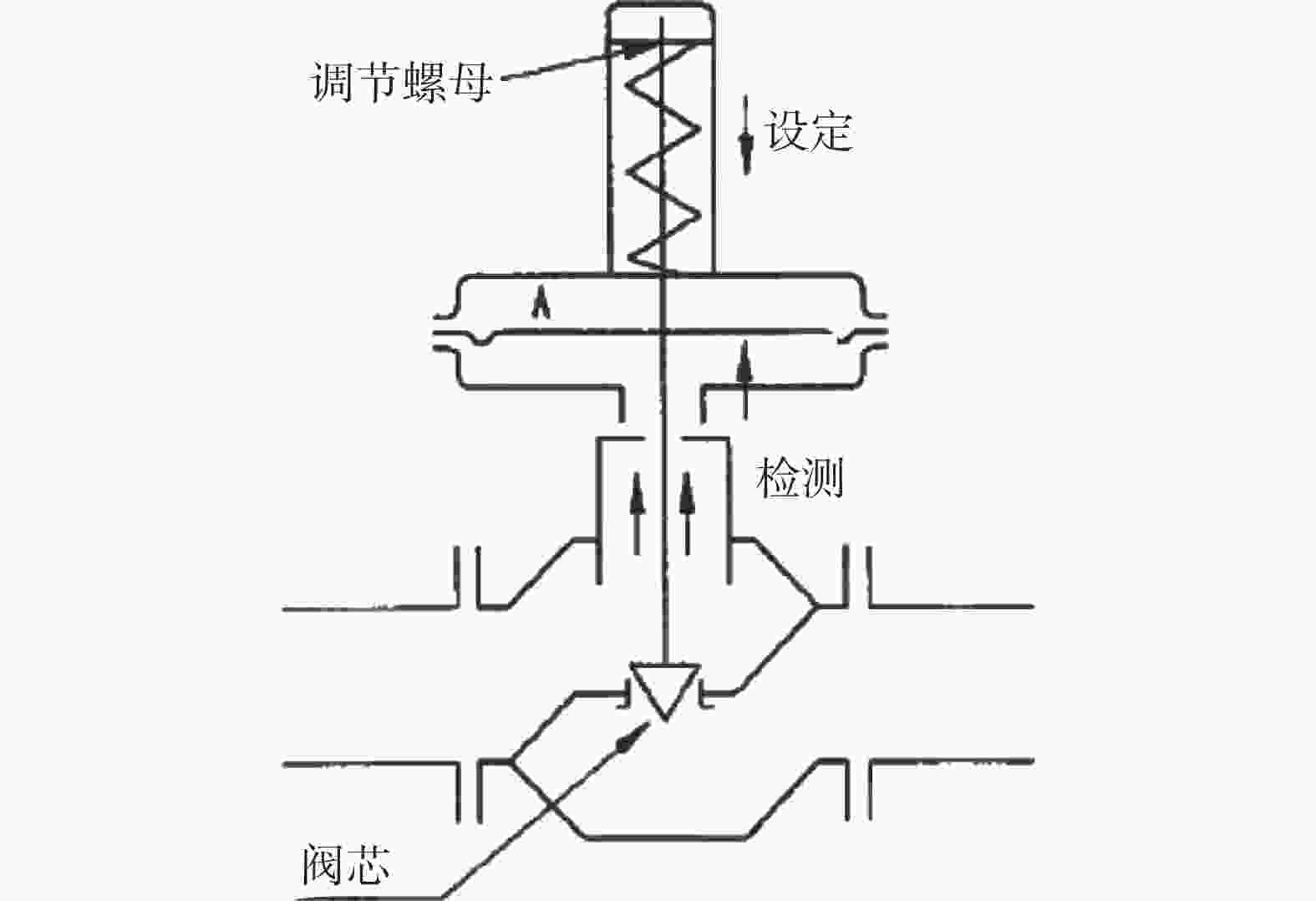
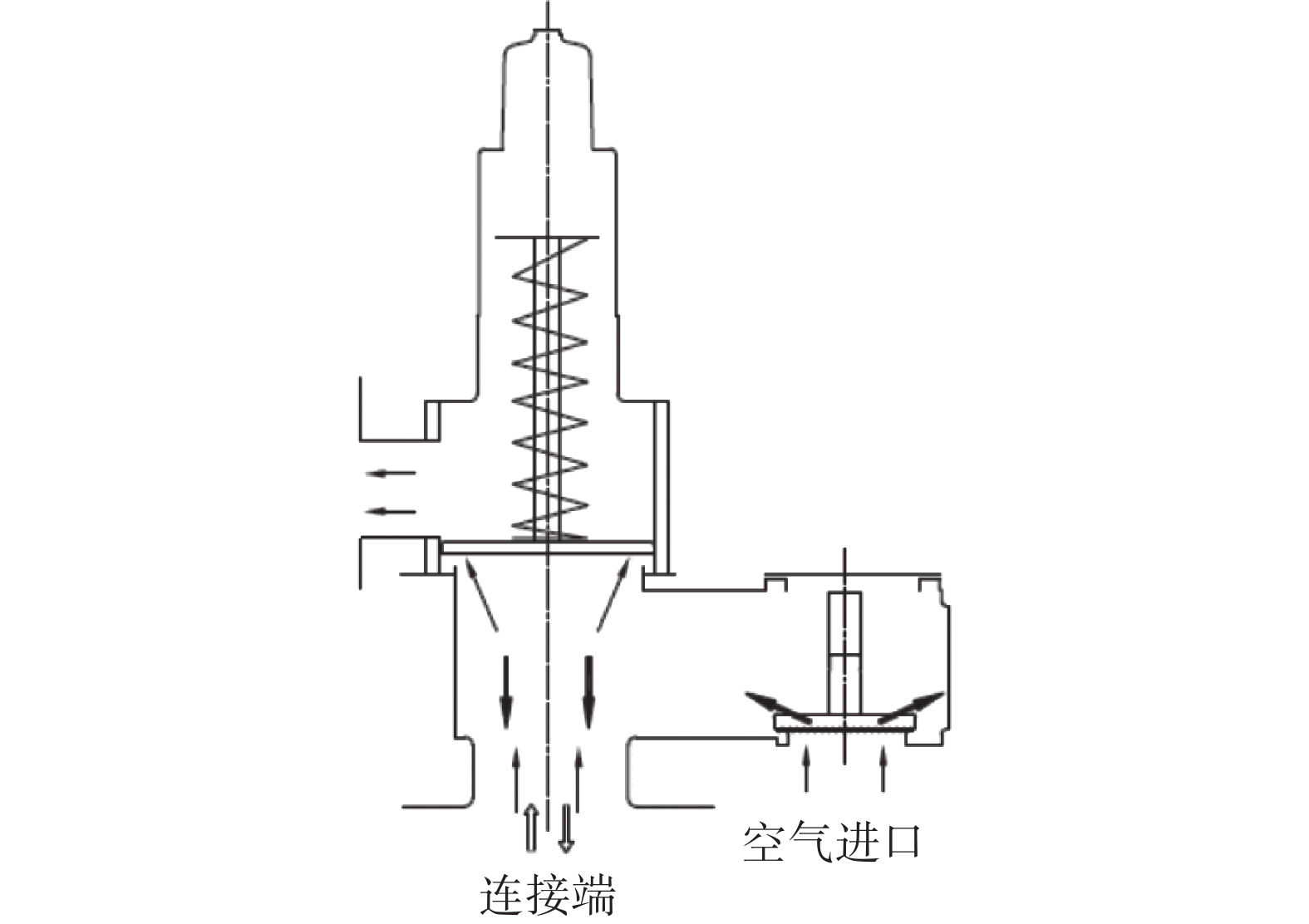
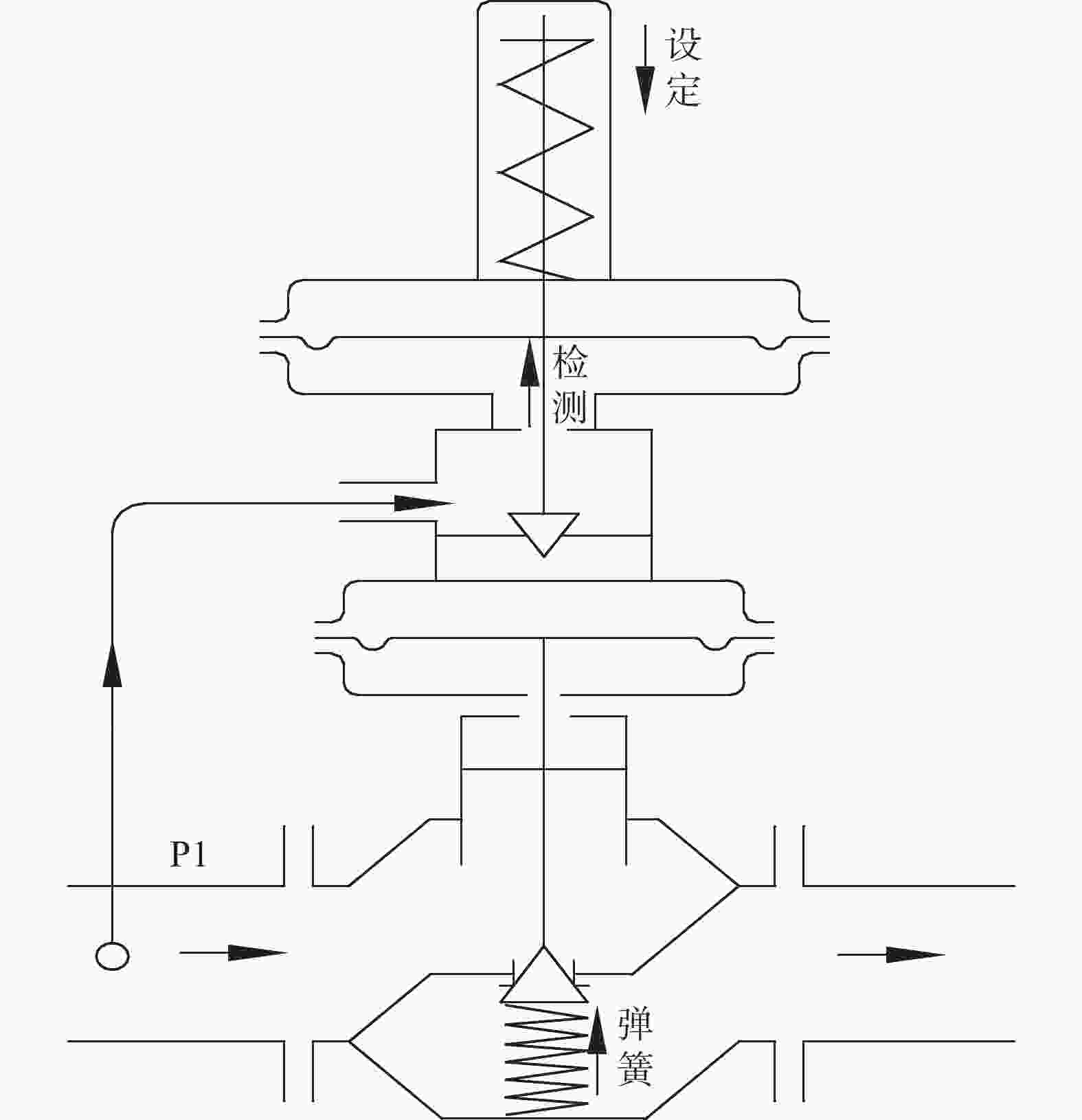
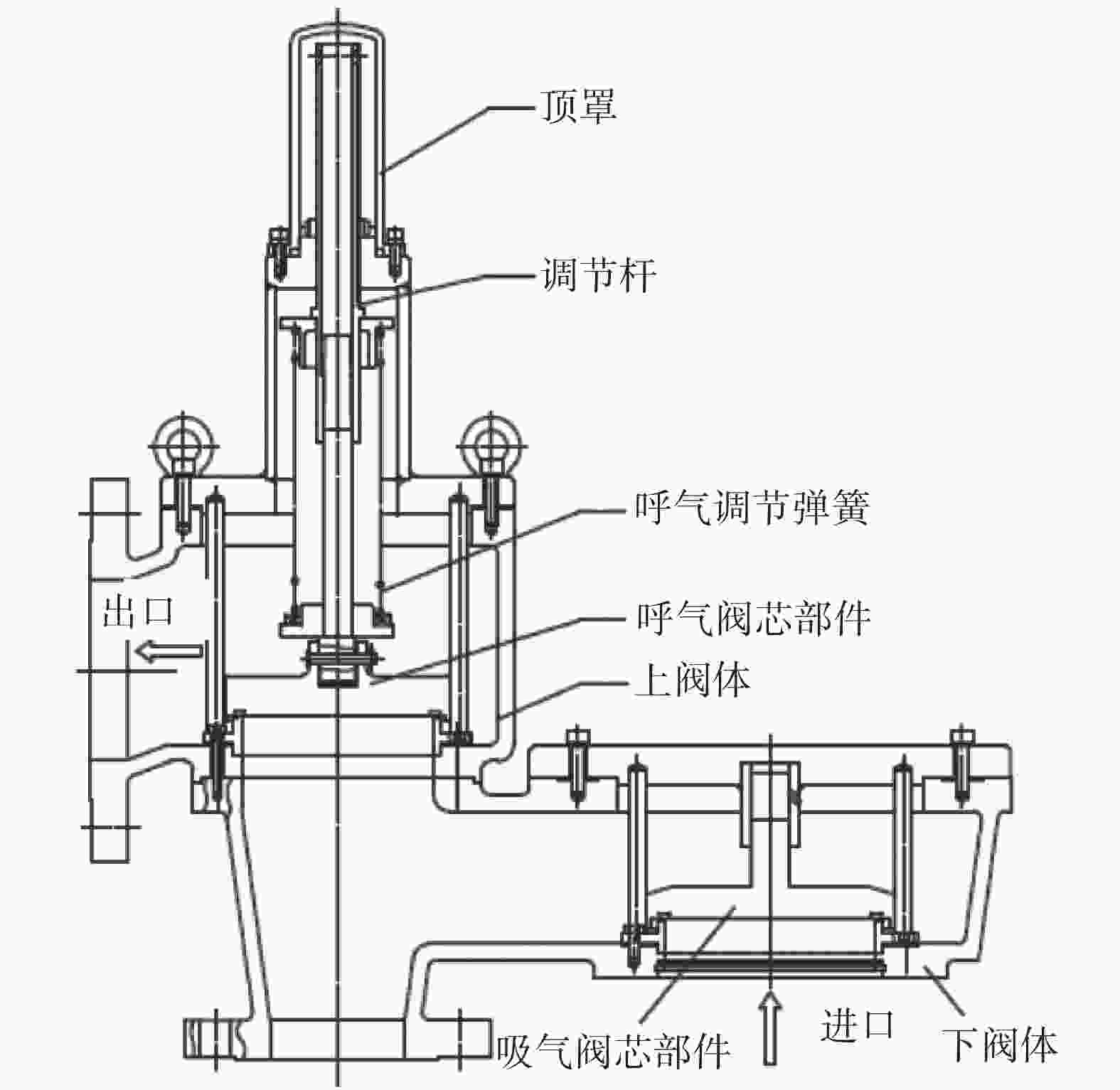

 DownLoad:
DownLoad:
